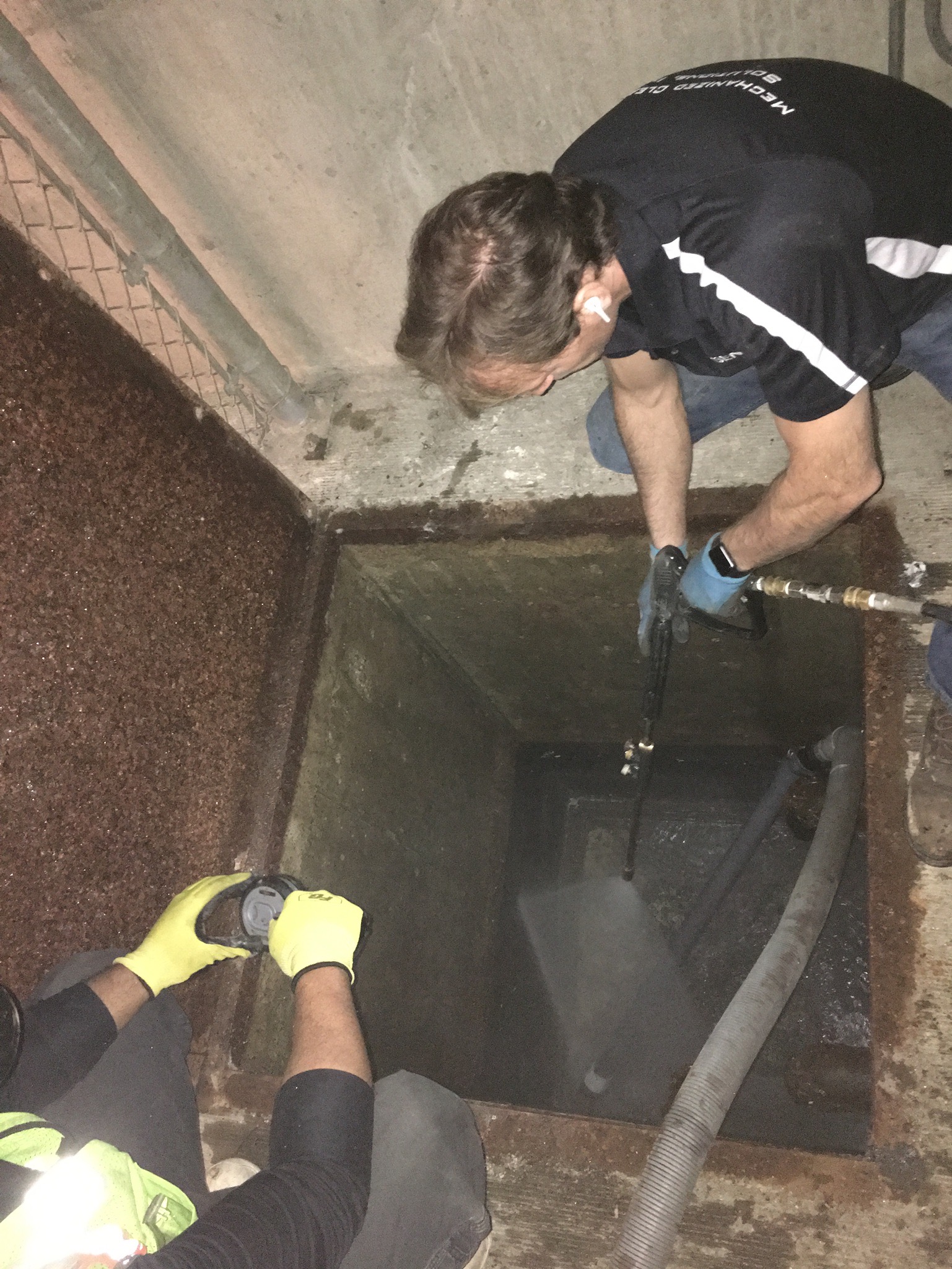Top Steps for Caring for Your Sump Pump
Top Steps for Caring for Your Sump Pump
Blog Article
In this article down the page you can discover lots of decent guidance when it comes to Cleaning & Maintenance Tips for Your Home's Sump Pump.

Sump pumps are vital parts in many homes, particularly in areas prone to flooding or extreme moisture. They assist protect against water damage by successfully getting rid of excess water from basements or crawl spaces. Nonetheless, like any other device, sump pumps need regular upkeep to guarantee they work properly when required the most. Cleansing your sump pump is an important part of its upkeep, and recognizing just how to do it correctly can conserve you from costly fixings and potential catastrophes.
Intro
Preserving a clean sump pump is important for its correct functioning and long life. Overlooking this important task can lead to blockages, malfunctions, and inevitably, water damages to your home. Consequently, discovering exactly how to cleanse a sump pump is crucial for property owners who rely on these gadgets to maintain their basements completely dry and protected.
Indicators of a Dirty Sump Pump
Knowing when your sump pump needs cleansing is important for avoiding potential breakdowns. Some typical signs that suggest an unclean sump pump consist of unusual sounds throughout procedure, decreased water flow, and noticeable particles in the pit. If you notice any of these signs, it's necessary to clean your sump pump quickly to prevent any kind of further concerns.
Preparing for Cleaning
Before you begin cleansing your sump pump, it's necessary to take some safety precautions. Start by turning off the power to the pump to avoid any type of electrical crashes. In addition, put on appropriate safety equipment, such as handwear covers and safety glasses, to protect yourself from dust, debris, and prospective microorganisms.
Understanding the Sump Pump
Prior to diving into the cleansing procedure, it's necessary to have a standard understanding of how a sump pump functions. Usually mounted in a pit or container below the basement flooring, a sump pump includes a number of key elements, consisting of a pump, a float switch, and a discharge pipe. When water collects in the pit, the float switch activates the pump, which after that pumps the water out via the discharge pipe, far from the building's structure.
Detailed Overview to Cleaning a Sump Pump
Shutting down the Power
Begin by separating the power supply to the sump pump to stop any type of accidents while cleaning.
Looking For Appropriate Functioning
Prior to reinstalling the pump, do a quick examination to guarantee that the float button activates the pump correctly. Put some water into the sump pit and observe the pump's operation. If whatever is functioning appropriately, you can reconstruct the pump and reconnect the power supply.
Removing Debris and Dirt
Utilize a bucket or a scoop to remove any noticeable debris, dirt, or debris from the sump pit. Dispose of the debris correctly to prevent it from clogging the pump or the discharge pipeline.
Cleaning up the Pump and Float Switch Over
When the pit is free from debris, very carefully remove the pump from the pit. Examine the pump and the float button for any type of signs of damages or wear. Utilize a soft brush or towel to clean the surfaces and eliminate any type of gathered gunk.
Flushing the System
After cleaning up the pump and float switch, flush the sump pit with tidy water to get rid of any staying dirt or debris. This will aid make certain that the pump runs efficiently and successfully.
Maintenance Tips to Keep Your Sump Pump Clean
Along with periodic cleaning, there are numerous maintenance pointers you can comply with to keep your sump pump in optimum condition:
Verdict
Cleaning your sump pump is an essential element of its upkeep and ensures that it operates properly when you need it one of the most. By following the actions laid out in this overview and including regular upkeep into your routine, you can expand the life-span of your sump pump and shield your home from water damage.
6 STEPS ON HOW TO CLEAN A SUMP PUMP PROPERLY
UNDERSTANDING SUMP PUMPS
Your sump pump plays a crucial role in protecting your home by managing and removing excess water. It primarily functions as a “shield”, guarding your basement against the damaging effects of water accumulation. The pump is housed in a sump pit in the lowest part of your basement, and its job is to pump out any water that collects there.
During heavy rainfalls or when snow melts rapidly, water can infiltrate your basement, posing potential risks like flooding, structural damage, and harmful mold growth. Here, the sump pump springs into action, pumping out the intruding water and directing it away from your home.
SAFETY FIRST
Before cleaning, remember to prioritize safety. Disconnect the sump pump from the power source to prevent any accidental electric shocks. Also, wear sturdy gloves to protect your hands from any sharp or dirty components within the pump.
REMOVE THE SUMP PUMP
After ensuring your safety, the next step is to remove the sump pump from its pit. Doing this might require careful maneuvering as you don’t want to damage any pump components. Once removed, clean the sump pit to remove any accumulated debris or sludge.
INSPECT THE PUMP
Inspect the pump for any visible signs of wear or damage. Check the power cord, float switch, and impeller housing. If any components look worn out or damaged, consider replacing them to ensure optimal performance.
CLEAN THE PUMP
Thoroughly clean the pump with warm, soapy water. Make sure to rid it of any dirt, gravel, or other debris that might impede its performance. You can use a toothbrush to clean the small, hard-to-reach parts of the pump.
REINSTALL THE SUMP PUMP
Reinstall the pump into the sump pit Make sure it’s positioned correctly to remove the water effectively Once it’s back in place, reconnect it to the power source TEST THE PUMP
Finally, pour some water into the pit to ensure the pump works correctly. It should start automatically and begin pumping out the water; if it doesn’t, check the power source and the positioning of the pump.
Remember, while cleaning your sump pump is an essential part of home maintenance, hiring a professional plumber for a thorough inspection and cleaning at least once a year is also important. This will ensure that your pump is in optimal condition, ready to protect your home from potential water damage.
BEST PRACTICES FOR CLEANING SUMP PUMP DISCHARGE PIPES
Regular Inspection: Regularly inspect your discharge pipes, especially during heavy rainfall or snowmelt periods. Look for any signs of blockage or damage. Early detection of problems can prevent serious issues down the line. Periodic Cleaning: Over time, sediment and debris can accumulate in the discharge pipes, impeding the flow of water. Regular cleaning helps keep the pipes clear and functioning efficiently. You can use a high-pressure water jet to effectively clean the pipes. Insulation During Winter: In colder climates, discharge pipes can freeze, blocking the outflow of water. Protect your discharge pipes from freezing temperatures by insulating them with foam pipe insulation. This will ensure the sump pump can continue to discharge water even in freezing conditions. Proper Positioning: The discharge pipe should be positioned to direct water away from your home’s foundation. Improper positioning can lead to water seeping back into the basement. Ensure the pipe is long enough and angled correctly. Installation of a Check Valve: A check valve prevents water from flowing back into your sump pit after the pump has pushed it out. Installing a check valve helps maintain the efficiency of your sump pump and reduces the risk of flooding. Minimize Pipe Turns: Every curve or turn in the discharge pipe can decrease the efficiency of water flow. By minimizing turns and bends in your discharge pipe, you can increase the efficiency of your sump pump. https://www.fullspeedplumbing.com/how-to-clean-a-sump-pump-properly9999/

We had been made aware of that report on Keep Your Sump Pump Clean, It'll Keep You Dry through an associate on another domain. For those who enjoyed our page plz make sure you remember to share it. I am grateful for your time. Don't hesitate to check our website back soon.
Free Estimates Report this page